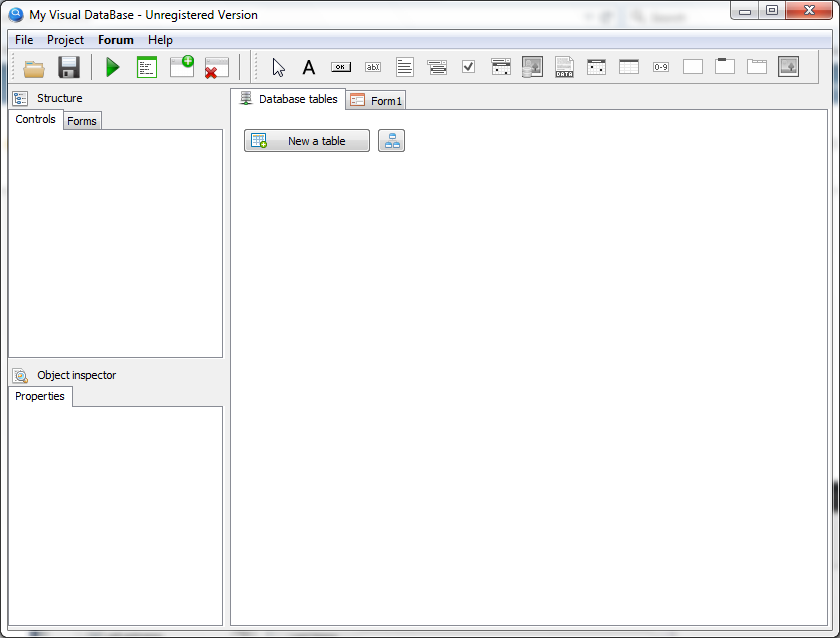

- #My visual database 5.5 on the cloud how to
- #My visual database 5.5 on the cloud full
- #My visual database 5.5 on the cloud code
- #My visual database 5.5 on the cloud password
- #My visual database 5.5 on the cloud download
Key Features in 20.2 – GA Release: 13 August 2018 Keep a copy of your data safe from ransomware and unify your data protection experience across workloads.Įnhanced Security – Backup Exec now uses an enhanced key generation algorithm: Password-Based Key Derivation Function 2 (PBKDF2).įor more details on these and other enhancements, read the release notes. Support for SQL Server Always On – Backup Exec now supports protecting SQL databases using SQL Server Always On availability groups, simplifying the overall backup and restore experience for SQL Server 2012 and later.Ĭloud-Based File Share Protection – Backup Exec now supports protecting cloud-based file shares: Amazon FSx for Windows and Azure files.
#My visual database 5.5 on the cloud code
And you can find more Docker content on IBM Developer - including tutorials, articles, and code patterns.Key Features in 21.1 – GA Release: September 7, 2020
#My visual database 5.5 on the cloud how to
In this tutorial, we explained how to create a MySQL container with Docker, using both external and in-container data, and how to connect to that container from local clients and local development environments.įor more Docker coolness, sign up for the weekly newsletter or check out the archives. You can find more information about using regex with LoopBack here. To run your API, just run the Node app that LoopBack created with node.

If you want a list of all the properties and their types in LoopBack format for this sample dataset, you can find it here.Ĭheck to make sure your MySQL container is up and running with docker ps.īecause we want to use the FEATURE_ID property as our record ID, open the model file ( geonames-api/common/models/geonames.json) and edit it to add "id": true to the FEATURE_ID model. Next, we’ll create our model with lb model.
#My visual database 5.5 on the cloud password
The connection string is in this case because we are using the container created by docker-compose up -d, which explicitly set port 8083 and the password pwd. Now create a connection to MySQL with lb datasource: Wait for npm to finish installing, then cd into the directory name you chose. If you’ve already installed the LoopBack CLI ( npm -g loopback-cli), enter lb app in your terminal.
#My visual database 5.5 on the cloud full
Creating a full set of CRUD APIs for our new Geonames database is very easy. You can use LoopBack with just about any database, including MySQL. LoopBack is an open source framework for creating APIs quickly and easily with Node.js. Connect to your container from your application When you created the test-mysql container, you created a root password as an environment variable, and the above command references it as $MYSQL_ENV_MYSQL_ROOT_PASSWORD. In the above string, test-mysql is the name of your MySQL container.
#My visual database 5.5 on the cloud download
It will download this image from Docker Hub, so if you have a slow connection, this make take a while. Let’s create a new Docker container using the mysql-latest official image hosted on Docker Hub. You should get npm automatically with your Node installation, but to check, try npm -v.




 0 kommentar(er)
0 kommentar(er)
